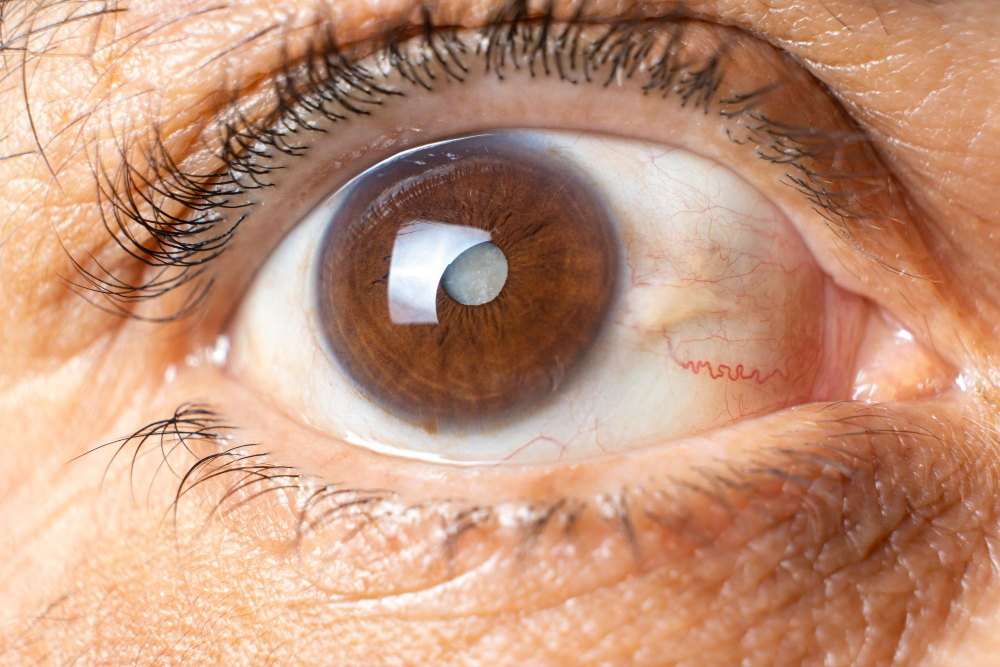
What Are Cataracts?
Each year, cataracts affect millions, including more than half of Americans aged 60 and older. A cataract is a painless clouding of the eye’s natural lens caused by protein buildup. Cataracts can develop in one or both eyes. If untreated, they worsen over time and interfere with everyday activities like reading or driving. Night vision is usually most affected. Early-stage cataracts may improve with brighter lighting, but surgery is typically required as they progress.
Request an AppointmentRisk Factors for Cataracts
Besides aging, several factors increase the risk of cataracts, including:
- Diabetes
- Smoking
- Obesity
- Excessive alcohol use
- Excessive exposure to sunlight
- Exposure to radiation
- Family history of cataracts
- High blood pressure
- Previous eye injury or surgery
- Prolonged corticosteroid use
Rarely, infants may be born with cataracts due to infections during pregnancy (e.g., rubella) or other birth defects. Cataracts may also develop shortly after birth.
Diagnosis of Cataracts
Cataracts are diagnosed through several eye tests, including:
- Retinal examination under pupil dilation
- Visual acuity test
- Slit-lamp examination
- Tonometry (intraocular pressure test)
These tests help determine the presence of cataracts, assess vision impairment, and guide treatment decisions.
Symptoms of Cataracts
Many people do not notice cataracts until their vision is affected. Symptoms include:
- Blurred, hazy, or double vision in one eye
- Decreased color perception
- Sensitivity to bright light
- Poor night vision
- Seeing halos around lights
- Frequent changes in eyeglass prescriptions
- Yellow-tinged vision
Treatment of Cataracts
Early cataracts may be managed without surgery through:
- New eyeglass prescriptions
- Anti-glare sunglasses
- Magnifying lenses
- Brighter lighting
When cataracts interfere with daily life—such as reading or night driving—surgery is recommended. Surgery is usually done on one eye at a time, spaced 4 to 8 weeks apart, and is the most common surgical procedure in the U.S.
Prevention of Cataracts
While cataracts cannot be fully prevented, their progression can sometimes be delayed by:
- Wearing wide-brimmed hats to block sunlight
- Using sunglasses that block ultraviolet rays
- Avoiding smoking and excessive alcohol consumption
- Eating a diet rich in antioxidants
If left untreated, cataracts can cause serious vision loss, but with timely surgery, most people regain good eyesight.
